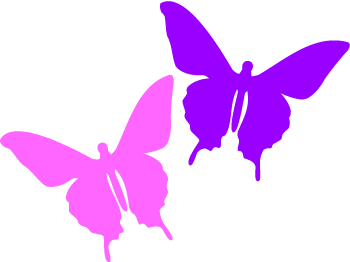top of page
Butterfly populations are a very good indicator of the health of an area's ecosystem !!
Graphium antheus are very strong fliers.
Their flight period is year round, peaking from November - December.
Their preferred terrain includes forests and woodlands, tropical rainforests, savannas, and agricultural and cultivated areas.
They are attracted to the vivid colors and enticing smells of flowers.
While feeding on the pollen for nutrition, they inadvertently collect and transfer pollen, contributing to the cross pollination of various plants.
The best time to see Large Striped Swordtails is during warm days preferably in late morning to mid afternoon when they are most active.
They are not poisonous, but they have a special gland that secretes bad odors and chemicals.
Predators to Large Striped Swordtails are are birds, spiders, insects, mammals and reptiles.
Although they belong to a family known for its vibrant plumage patterns, Graphium antheus displays unusual camouflage that resembles a bunch of leaves when resting.

Diet: caterpillars feed on Annonaceae leaves, Uvaria species, Artabotrys species, Cleistochlamys species and Mitrella species
Diet: adults take flower nectar, sap on trees, rotten fruit, animal droppings, and mud puddling for minerals
Wingspan: 6.5 - 7.0 cm / 2.55 - 2.75 “ males and 7.0 - 7.5 cm / 2.75 - 2.95 “ females
Family: Papilionidae
The single biggest threat to butterfly survival is habitat destruction!!

bottom of page



